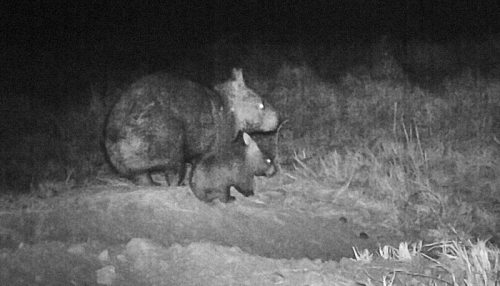 Daylight saving time finally ends this Sunday at 2 a.m. — remember to set your clocks back one hour when you go to bed Saturday night — and for many of us, that’s depressing. The day seems to fly by. It’s dark before it’s time to start thinking about dinner.
Daylight saving time finally ends this Sunday at 2 a.m. — remember to set your clocks back one hour when you go to bed Saturday night — and for many of us, that’s depressing. The day seems to fly by. It’s dark before it’s time to start thinking about dinner.
The seven-month period of daylight saving time is mandated by governments which began implementing the time switch during World Wars I and II to save energy and resources for the war effort. From World War II until recently, daylight saving in the U.S. ran from April until mid-October. Continue reading







